In just four months, realme has released the successor to the realme 6, the realme 7. This is quite an interesting device as it packs some features that its Pro version lacks, one of which is the 90Hz refresh rate. So what else does the realme 7 have to offer? Find out in our review.
Table of Contents
Right off the bat, the realme 7 exudes an elegant and chic design. Realme calls this the Mirror Design, and honestly, it looks terrific. You get this stunning light effect when you move the device from different angles, and we think it’s cool. Our unit comes in Mist White, but there’s also a Mist Blue variant.

At the back, we’ll also find its vertically placed quad-rear camera module, as well as the Realme branding.
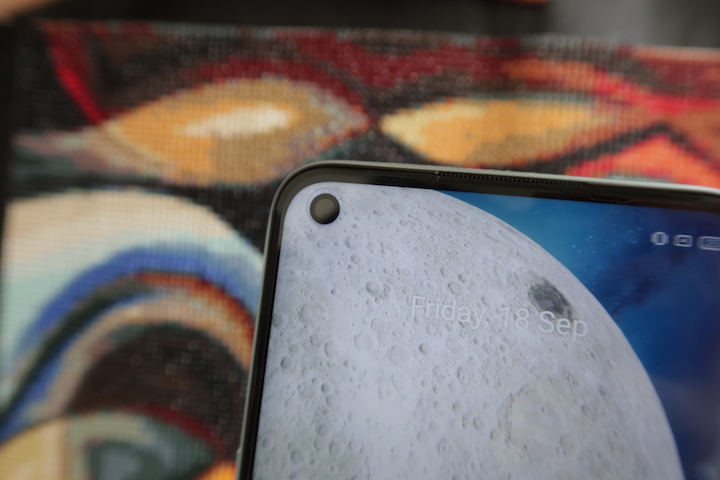
Situated at the top left corner is the hole-punch cut-out that houses its front-facing camera, while above it at the center is the call speaker.

On the right side, we have the power button that also functions as the fingerprint scanner.
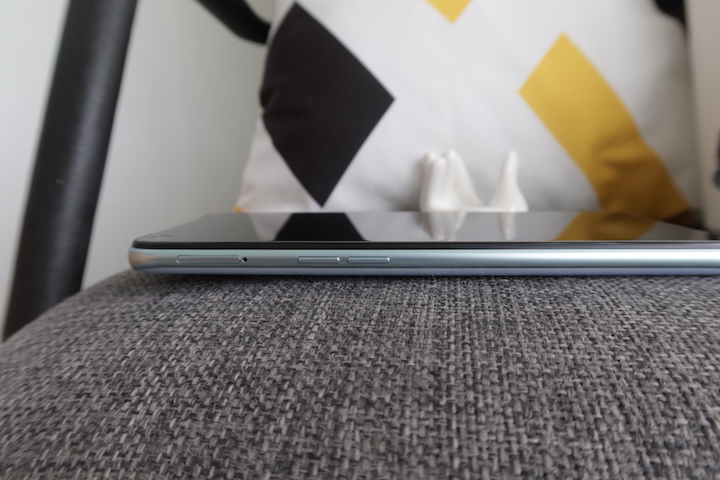
While on the left side, you can find the volume rocker and a triple card tray for two nano-SIM cards and one microSD that’s expandable up to 256GB.
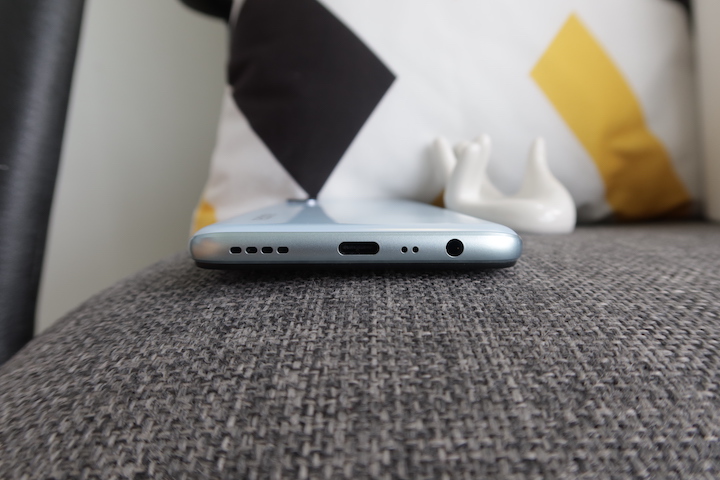
Nothing can be found up top, while at the bottom, we get its primary microphone, loudspeaker, 3.5mm audio port, and USB Type-C port.

The Realme 7 feels quite thick to grip and comes with a little heft than the Pro version, but it’s okay, considering that it has a slightly bigger battery.
Onto the display, the realme 7 sports a sizable 6.5-inch IPS Full HD+ display with a resolution of 1080 x 2400 and a pixel density of 405ppi. It also comes with a Corning Gorilla Glass protection. But one of the selling points of this device is its 90Hz refresh rate. It worked smoothly, and the display looks great. Colors are accurate and vibrant, and the viewing angles are good.
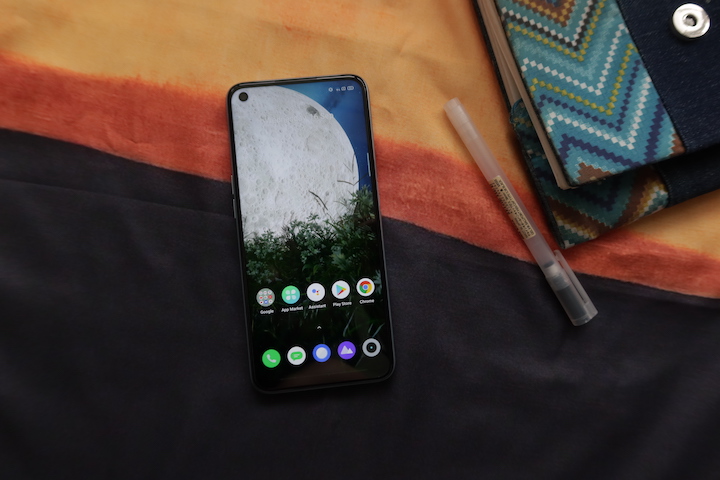
Under the display settings menu, you have the option to change the color mode to vivid or brilliant. You can also turn on OSIE Vision Effect, which uses Artificial Intelligence to enhance colors and picture quality for supported apps. Unfortunately, there’s no option to hide the notch, but you can control specific apps if you want them to maximize the full screen or not.
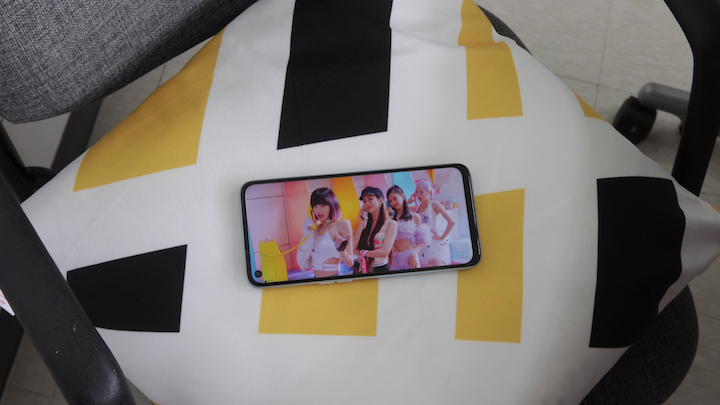
Audio-wise, the quality is good and would suffice for casual use. We recommend you hook up your favorite wired earphones or an external speaker for a better listening experience.
Another selling point of the realme 7 is its cameras. We get the same quad-rear camera setup from its Pro version consisting of a 64MP Sony IMX682 F1.8 (primary sensor), 8MP F2.3 (ultra-wide), 2MP F2.4 (B&W), and 2MP F2.4 (macro lens). Meanwhile, for selfies, we have a 16MP Sony IMX471 F2.1 shooter.

Quality-wise, we get the same rear cameras quality to realme 7 Pro, which provides accurate colors, decent dynamic range, and many details—especially when you take advantage of the 64MP lens.
You can expect some depth effect when using the standard mode, and you can turn on the Dazzle AI color button to get more boosted colors. We wouldn’t recommend that you always leave it on, though, as it tends to overdo it sometimes. But we like that you can use this feature and the Pro mode even when using the 64MP mode, so you can get high-quality photos.
The wide-angle mode can be handy to have, but it’s a hit or miss regarding color reproduction. Often it doesn’t match the colors compared to the standard mode, but they mostly look fine on their own.
As for night photography, similar to the Pro version, we were impressed. The results we got have lesser noise, good lighting, and noticeably sharp details. Additionally, you can now use nightscape for the front camera, and even if it’s not as good as its rear shooters, we still get a significant amount of details. One more feature is its Starry Mode for capturing shimmers in the dark sky. It’s is nice to have, but you’ll need to use a tripod or any steady surface to get a shot since it takes serious 5 minutes to capture the perfect image.
When it comes to selfies, we get high-quality outputs with vibrant colors and sharp details. There’s some slight skin smoothening going on even when you’re not using beauty mode, but it’s okay. We suggest taking more than one shot as some selfies can look pale.
For videos, the device can shoot up to 4K at 30fps and 1080p at 60fps. The quality is pretty good. You can toggle from normal to ultrawide, and even to 5X zoom in a single rolling. It also features UIS and UIS Max video stabilization, which is good.
The realme 7 is running on Realme UI based on Android 10, and as we mentioned before, this is one of our favorite skins as it is clean and easy to use. It comes with an app drawer option, and you can opt to navigate with virtual buttons or swipe gestures—whichever you prefer.

The device shares the same features with its Pro version, including Dual Mode Music Share, Smart Sidebar, Riding Mode, Game Space (to optimize gaming experience), Screen-Off Display, Fraud Prevention, Private Space, and Dark Mode, among others. We also get the usual pre-installed Google apps and some proprietary Realme tools, including the File Manager and Phone Manager.
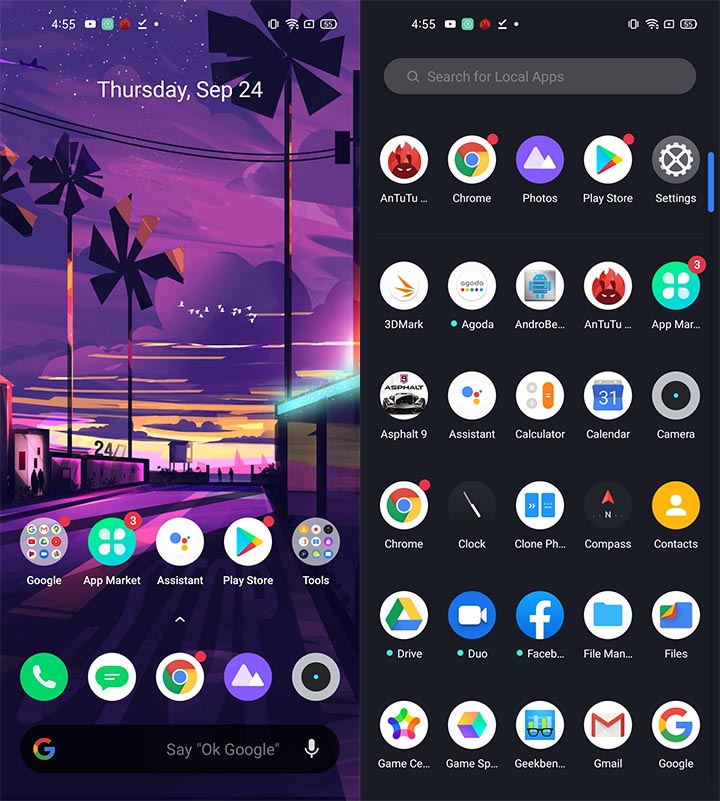
Out of 128GB storage, we get a usable 110GB of storage, which you can further expand via a microSD card.
Powering the realme 7 is a MediaTek Helio G95 octa-core chip paired with ARM Mali-G76 MC4 GPU and 8GB RAM. So far, the performance is excellent, which is accentuated further by the 90Hz display. Apps launch fast, multitasking is a breeze, and you can rely on it for playing graphically intensive games with some occasional hiccups when you use the highest gaming settings available.
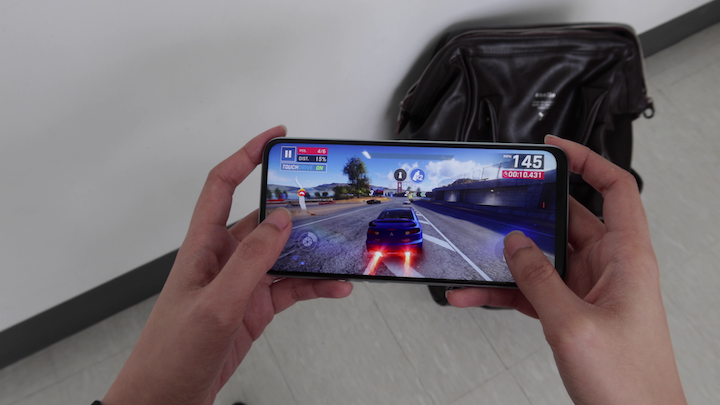
You can also take advantage of its headphone port and Game Space for a better experience. However, we did experience some slight heating when playing heavy games for an extended time. But it doesn’t reach the point of an alarming hot so far.
• AntuTu v8.4.5 – 292,963
• Geekbench 5 – 512 (Single-core), 1,531 (Multi-core)
• PCMark – 10,498 (Work 2.0)
• 3DMark – 2,657 (OpenGL), 2,507 (Vulkan)
• AndroBench – 519.05 MB/s (Seq Read), 202.31 MB/s (Seq. Write)
Now for biometrics and security, we get a side-mounted fingerprint scanner and face recognition. Both worked snappily and accurately. We think that placing the fingerprint scanner on the side is a more convenient way to unlock your phone as it is quick and easy to access.
The realme 7 is packed with the usual connectivity features found in smartphones today, including Wi-Fi, Bluetooth 5.0, GPS, and 4G LTE.

We get a whopping 5,000mAh capacity for battery, which is fair enough if you’re a heavy user. The battery can easily last you a day or two if you’re a moderate user and don’t use it much for gaming.
In our standard video loop test (1080p movie on loop, 50% brightness, 0% volume, airplane mode on), we got a total of 25 hours and 6 minutes of playback. In the PCMark Work 2.0 Battery Test, we yielded a score of 12 hours and 20 minutes.
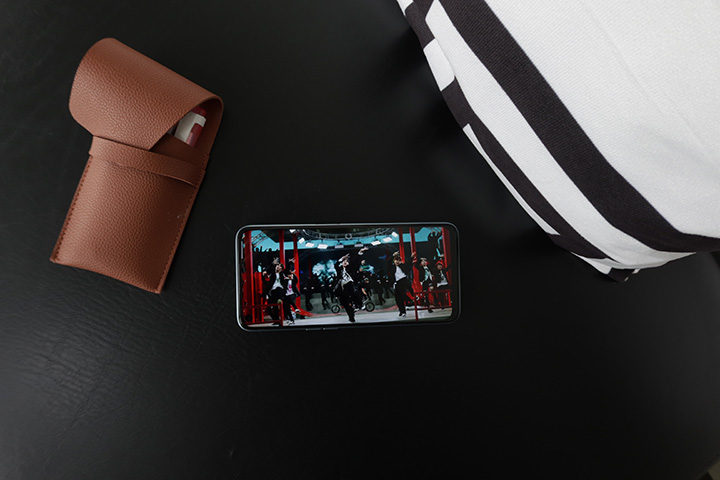
It also features 30W Dart Charge that can charge your phone from 0-100% in an hour and 12 minutes. Not bad.
Finally, let’s talk about price. With an official tag of PHP 14,990 (8GB + 128GB), the realme 7 proves that it’s one for gaming and a few more.

Not only does it have that 90Hz refresh rate option, but it also packs highly competitive performance, generous RAM & storage, and a mega battery that you can fully charge in an hour or an hour and a half. The cameras are great too, and the display should be enough for users who aren’t too meticulous about getting an AMOLED panel.
realme 7 specs:
6.5-inch Full HD+ IPS display (1080 x 2400), 405ppi
90Hz refresh rate, 120Hz touch sampling rate
Corning Gorilla Glass
MediaTek Helio G95 octa-core SoC
ARM Mali-G76 MC4 GPU
6GB, 8GB RAM
64GB, 128GB UFS 2.1
microSD slot (dedicated)
Quad-rear cameras
• 64MP Sony IMX682 F1.8 (primary sensor)
• 8MP F2.3 (ultra-wide)
• 2MP F2.4 (B&W)
• 2MP F2.4 (macro lens)
16MP Sony IMX471 F2.1 selfie camera
Dual-SIM (Nano)
4G LTE
Bluetooth 5.0
GPS, A-GPS, BDS, GLONASS
USB Type-C port
Fingerprint scanner (side)
realme UI (Android 10)
5,000mAh battery w/ 30W Dart charge
162.3 x 75.4 x 9.4 mm
196.5 g
Mist White, Mist Blue
With inputs from Justine Basco

YugaTech.com is the largest and longest-running technology site in the Philippines. Originally established in October 2002, the site was transformed into a full-fledged technology platform in 2005.
How to transfer, withdraw money from PayPal to GCash
Prices of Starlink satellite in the Philippines
Install Google GBox to Huawei smartphones
Pag-IBIG MP2 online application
How to check PhilHealth contributions online
How to find your SIM card serial number
Globe, PLDT, Converge, Sky: Unli fiber internet plans compared
10 biggest games in the Google Play Store
LTO periodic medical exam for 10-year licenses
Netflix codes to unlock hidden TV shows, movies
Apple, Asus, Cherry Mobile, Huawei, LG, Nokia, Oppo, Samsung, Sony, Vivo, Xiaomi, Lenovo, Infinix Mobile, Pocophone, Honor, iPhone, OnePlus, Tecno, Realme, HTC, Gionee, Kata, IQ00, Redmi, Razer, CloudFone, Motorola, Panasonic, TCL, Wiko
Best Android smartphones between PHP 20,000 - 25,000
Smartphones under PHP 10,000 in the Philippines
Smartphones under PHP 12K Philippines
Best smartphones for kids under PHP 7,000
Smartphones under PHP 15,000 in the Philippines
Best Android smartphones between PHP 15,000 - 20,000
Smartphones under PHP 20,000 in the Philippines
Most affordable 5G phones in the Philippines under PHP 20K
5G smartphones in the Philippines under PHP 16K
Smartphone pricelist Philippines 2024
Smartphone pricelist Philippines 2023
Smartphone pricelist Philippines 2022
Smartphone pricelist Philippines 2021
Smartphone pricelist Philippines 2020